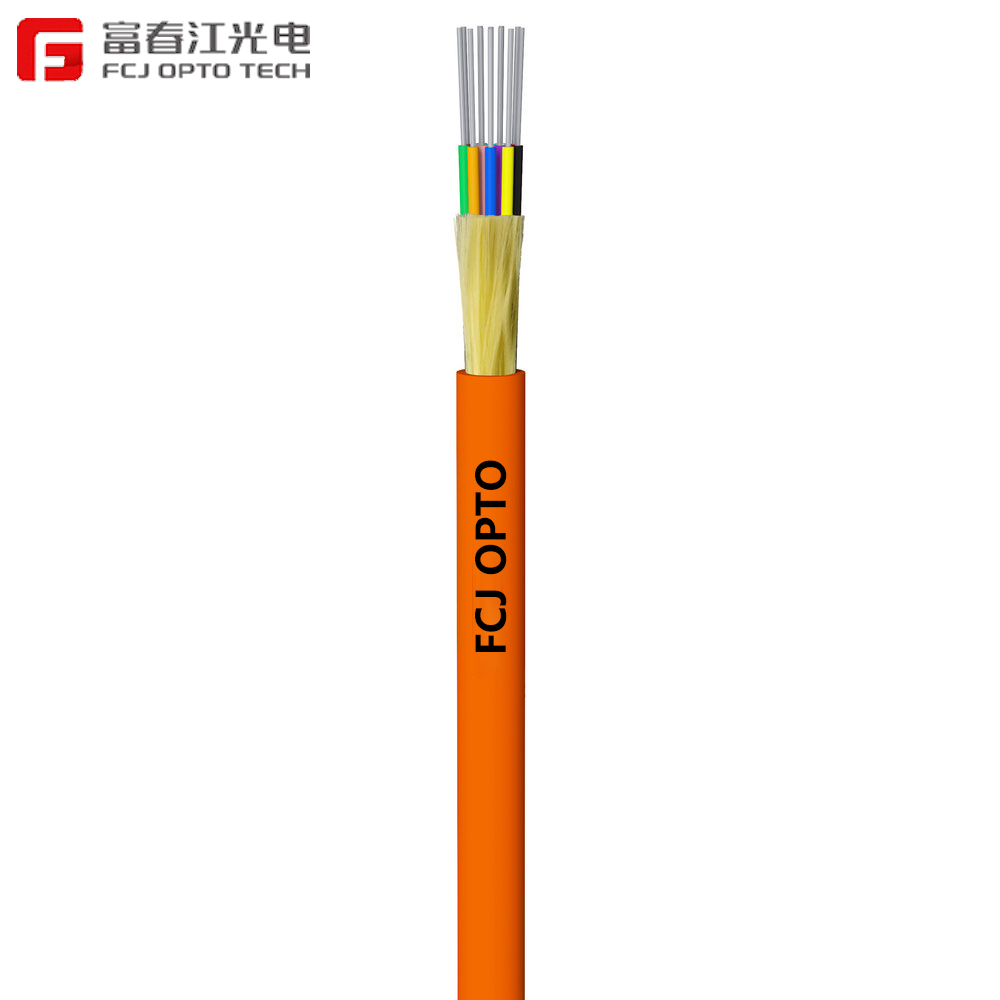Manufacturing Quality Control Challenges
Indoor Optical Cable factories must maintain high standards in quality control to meet industry specifications. The complexity of fiber optic technology demands strict adherence to quality protocols. Key issues include ensuring minimal signal loss and maintaining resistance to electromagnetic interference. Manufacturers must invest in advanced testing equipment and processes to guarantee the consistency and reliability of their products. Regular audits and process improvements are vital to align with international standards.
Adherence to Industry Standards
Manufacturers in China and other leading regions must comply with industry standards such as ISO and IEC to ensure product reliability. Non-compliance can result in substantial losses and reputational damage.
Testing and Quality Assurance
Stringent testing procedures, including insertion loss and return loss testing, are essential to guarantee product integrity. Investment in automated testing solutions can help streamline these processes.
Technological Advancements and Adaptation
The rapid evolution of technology presents significant challenges for optical cable factories. Staying up-to-date with technological advancements requires continuous investment in research and development. The rise of 5G networks and IoT devices places new demands on fiber optic technology for higher bandwidth and lower latency.
Innovation in Fiber Optic Solutions
Suppliers must innovate to meet the growing demand for new applications, such as smart home technologies and cloud computing. This involves developing new materials and cable designs to enhance performance.
Training and Skill Development
Adapting to technological changes also involves training the workforce to handle advanced manufacturing techniques and equipment. Continuous skill development programs are essential for maintaining a competitive edge.
Supply Chain Disruptions and Management
Global supply chain disruptions pose a major challenge for indoor optical cable factories. These disruptions can lead to delays in production and increased costs. Factors such as geopolitical tensions and COVID-19 have exacerbated supply chain issues, particularly for manufacturers reliant on international suppliers.
Supplier Relationship Management
Building strong relationships with suppliers is crucial for mitigating supply chain risks. Manufacturers need to ensure a diversified supplier base to avoid dependency on a single source.
Local Sourcing and Inventory Management
Investment in local sourcing and effective inventory management can help reduce reliance on global supply chains. This approach also aids in managing costs and ensuring timely delivery of raw materials.
Cost Management and Profitability
The rise in raw material prices and shipping costs impacts the profitability of optical cable factories. Manufacturers must implement effective cost management strategies to remain competitive.
Cost Optimization Strategies
Companies can explore lean manufacturing techniques and process optimization to reduce wastage and improve operational efficiency, thereby lowering production costs.
Dynamic Pricing Models
Adopting dynamic pricing models based on market demand and supply fluctuations can help maintain profitability while offering competitive prices to consumers.
Environmental and Regulatory Compliance
Compliance with environmental regulations is a significant concern for optical cable manufacturers. Regulations around the use of hazardous materials and waste management are becoming increasingly stringent worldwide.
Environmental Best Practices
Implementing sustainable manufacturing practices, such as recycling and energy-efficient production, can help meet regulatory requirements and reduce environmental impact.
Regulatory Compliance Management
Maintaining compliance requires continuous monitoring of legislation and implementing robust internal controls to ensure adherence to environmental laws.
Market Competition and Positioning
Intense competition in the fiber optics market requires strategic positioning by manufacturers. Companies need to differentiate their offerings to stand out in the crowded marketplace.
Understanding Consumer Preferences
By analyzing market trends and consumer preferences, businesses can tailor their products and services to meet specific demands, driving sales and market share.
Brand Development and Recognition
Investing in brand development and marketing strategies can enhance brand recognition and customer loyalty, providing a competitive advantage.
Customization and Diverse Consumer Needs
Consumers' demand for customization presents both opportunities and challenges for manufacturers. Offering tailored solutions requires flexibility in production processes and supply chains.
Modular Design Approaches
Implementing modular design approaches allows manufacturers to customize products without significant alterations to the production process, thus managing costs effectively.
Enhanced Customer Engagement
Engaging with customers to understand their specific needs and preferences can facilitate the design of customized solutions that enhance customer satisfaction.
Installation and Maintenance Challenges
The installation and maintenance of indoor optical cables are critical to their performance. Errors in installation can lead to costly repairs and downtime.
Installation Best Practices
Adhering to best practices, such as avoiding sharp bends and ensuring proper alignment, is crucial for minimizing signal loss and maintaining cable integrity.
Proactive Maintenance Programs
Implementing proactive maintenance programs can help identify and rectify potential issues before they result in significant disruptions, ensuring optimal product performance.
Balancing Innovation and Risk Management
While innovation is necessary for growth, it must be balanced with effective risk management strategies to ensure stability and sustainability.
Risk Assessment and Mitigation
Conducting thorough risk assessments and implementing mitigation strategies can help manufacturers navigate uncertainties associated with new technologies and market disruptions.
Strategic Partnerships
Forming strategic partnerships with technology providers and research institutions can provide access to cutting-edge innovations while sharing associated risks.
International Expansion and Market Entry
Entering international markets presents opportunities for growth, but also challenges related to regulatory compliance, cultural differences, and local competition.
Market Research and Analysis
In-depth market research and analysis can guide manufacturers in identifying high-growth regions and tailoring their products to meet local demands.
Localized Strategies
Developing localized strategies that consider cultural nuances and regional preferences can improve the success rate of international expansion efforts.
Fcjoptic Provide Solutions
At Fcjoptic, we address challenges faced by indoor optical cable factories with comprehensive solutions. We implement advanced quality control techniques and embrace technological advancements to stay competitive. Our strong supplier relationships and local sourcing strategies mitigate supply chain risks, ensuring timely delivery and cost-effective production. With a commitment to environmental compliance and customer satisfaction, we offer customized, high-performance fiber optic solutions tailored to meet diverse market needs globally.

Post time: 2025-10-16 10:24:02